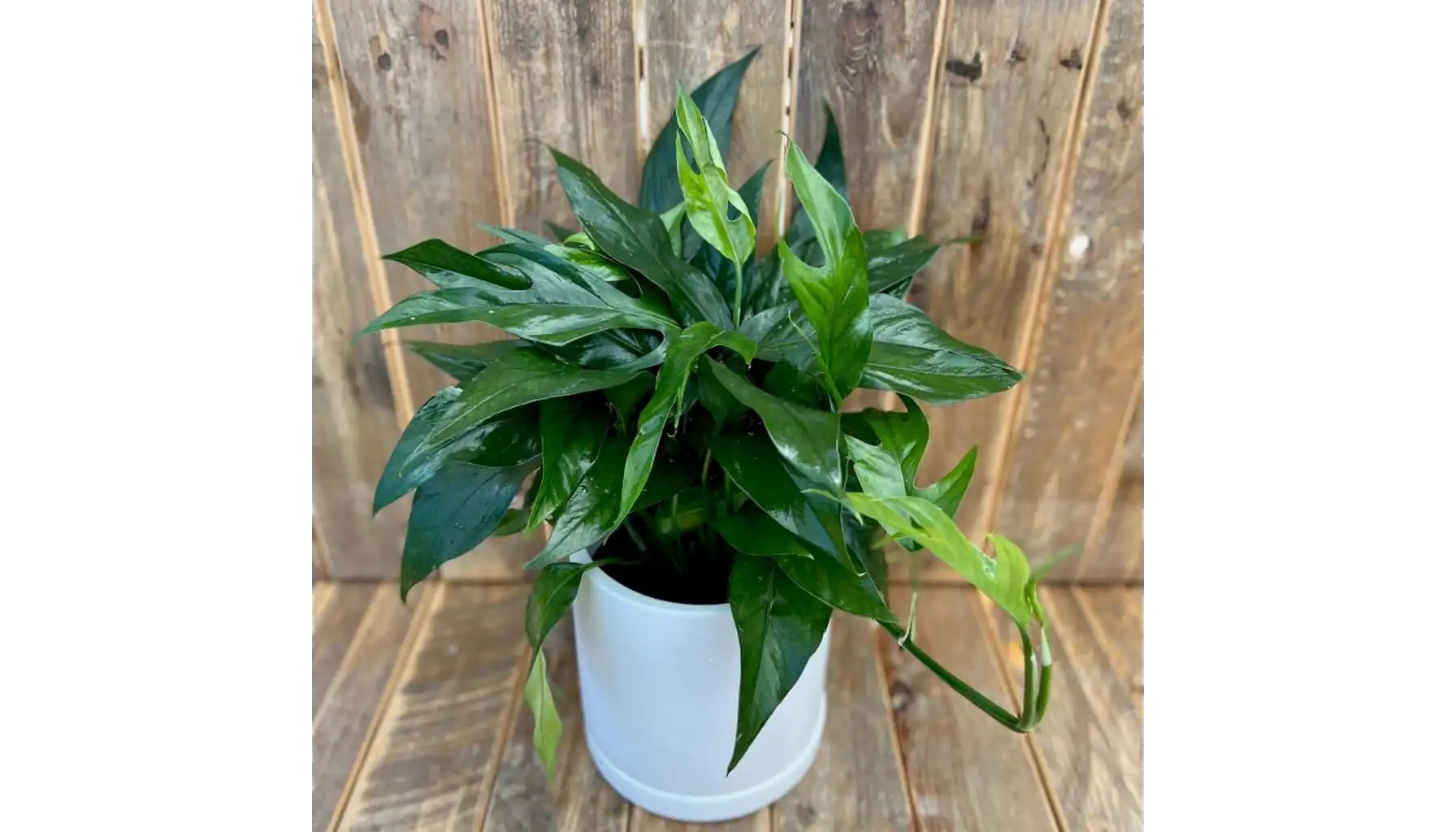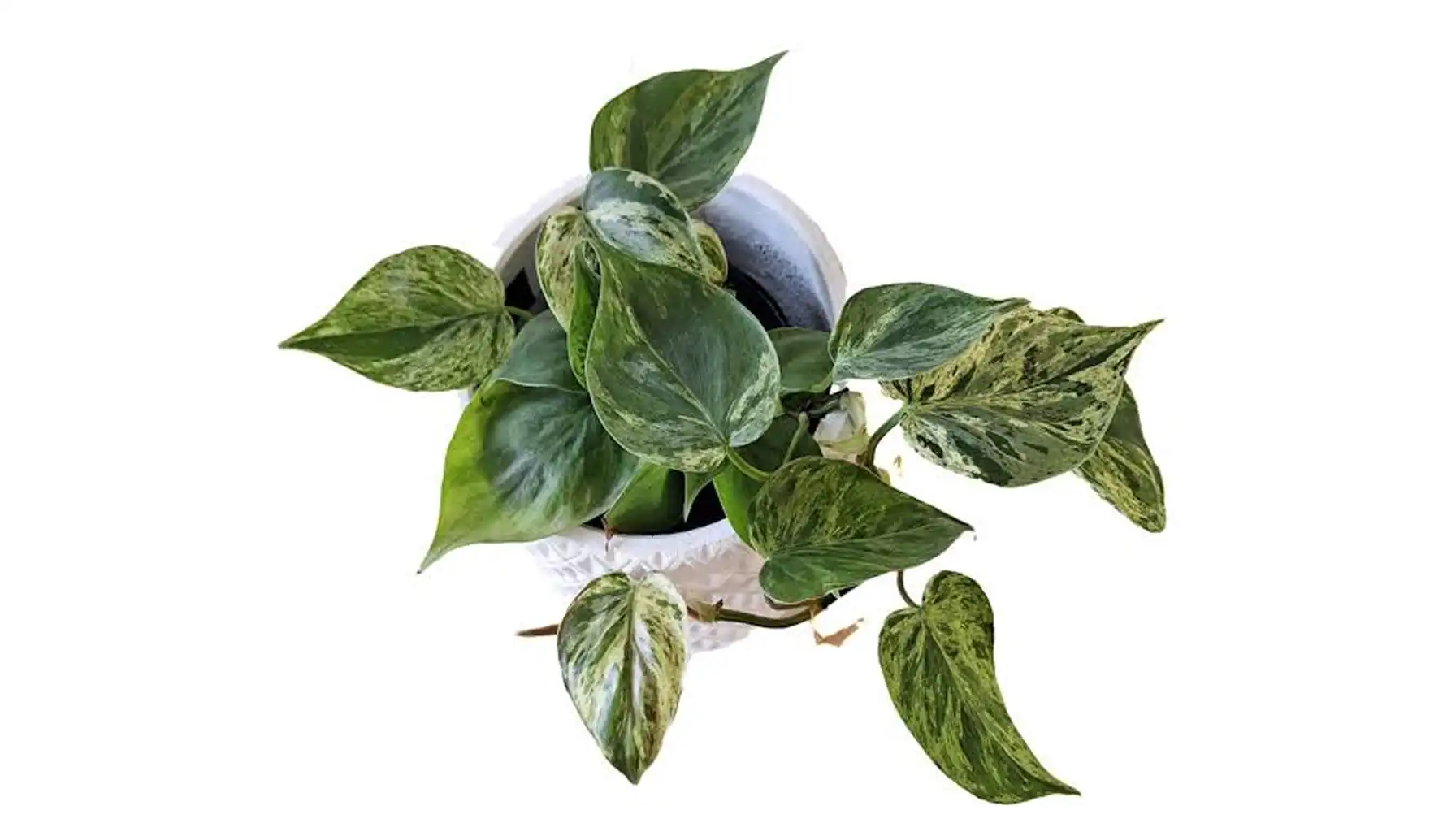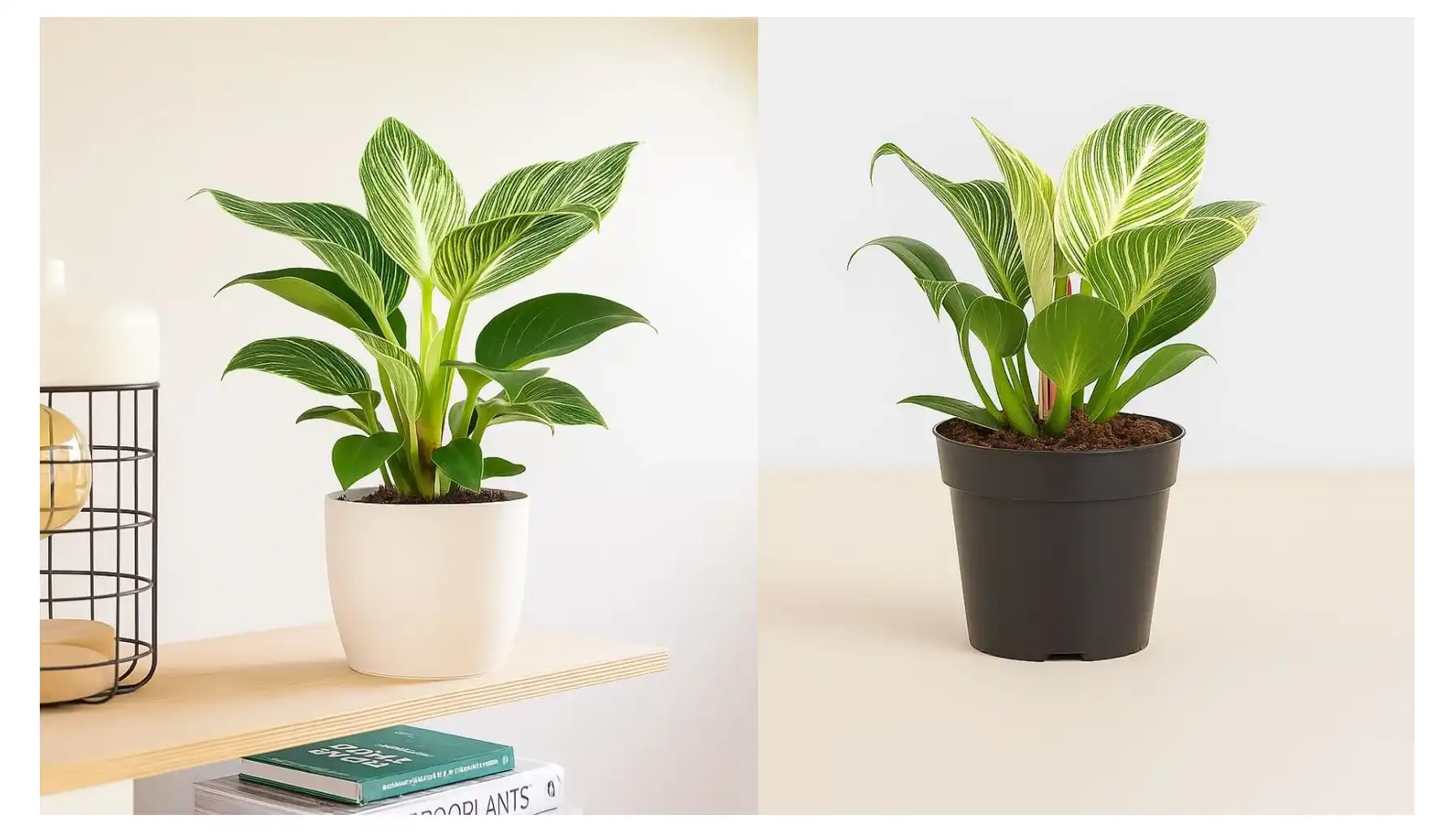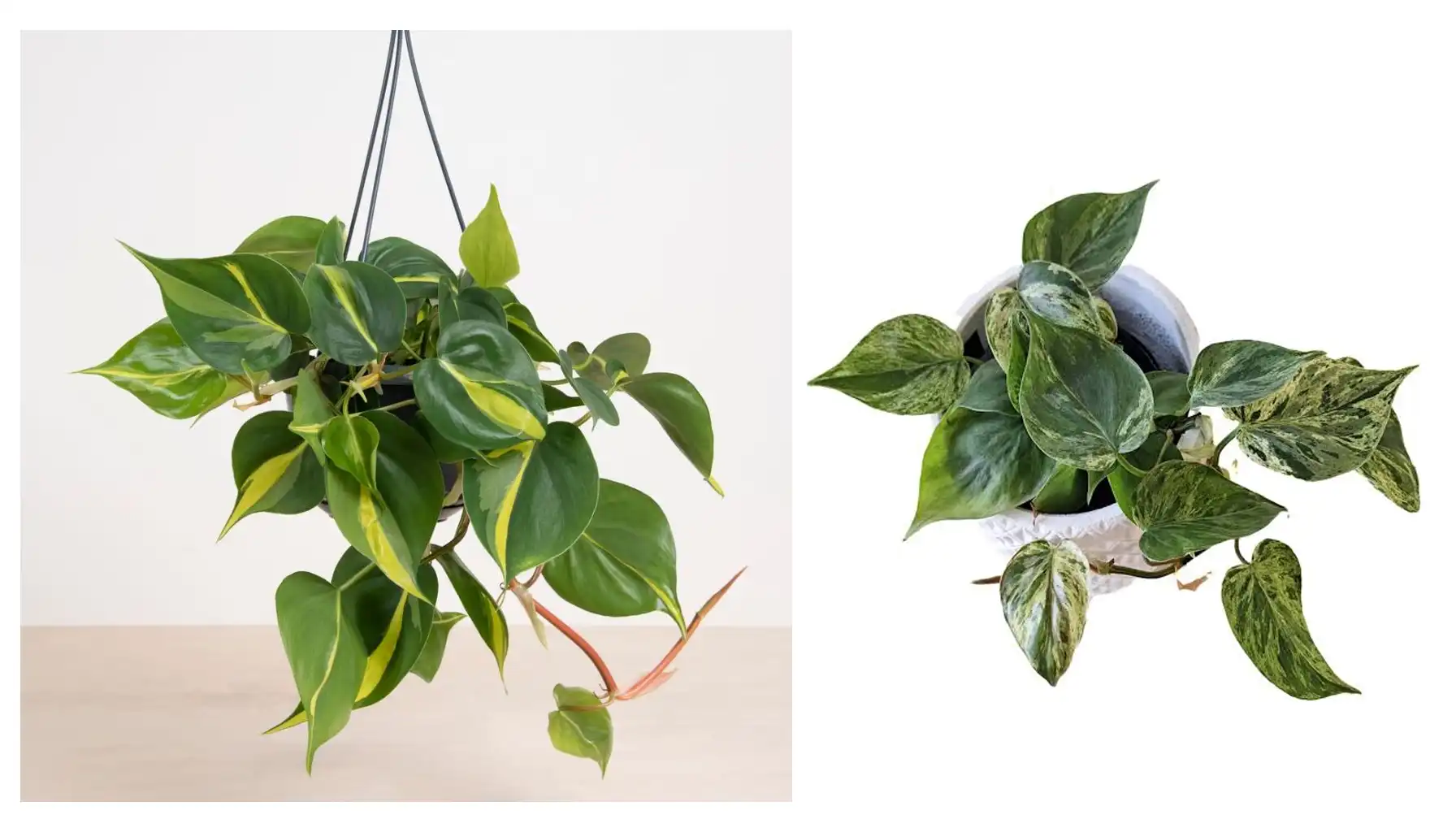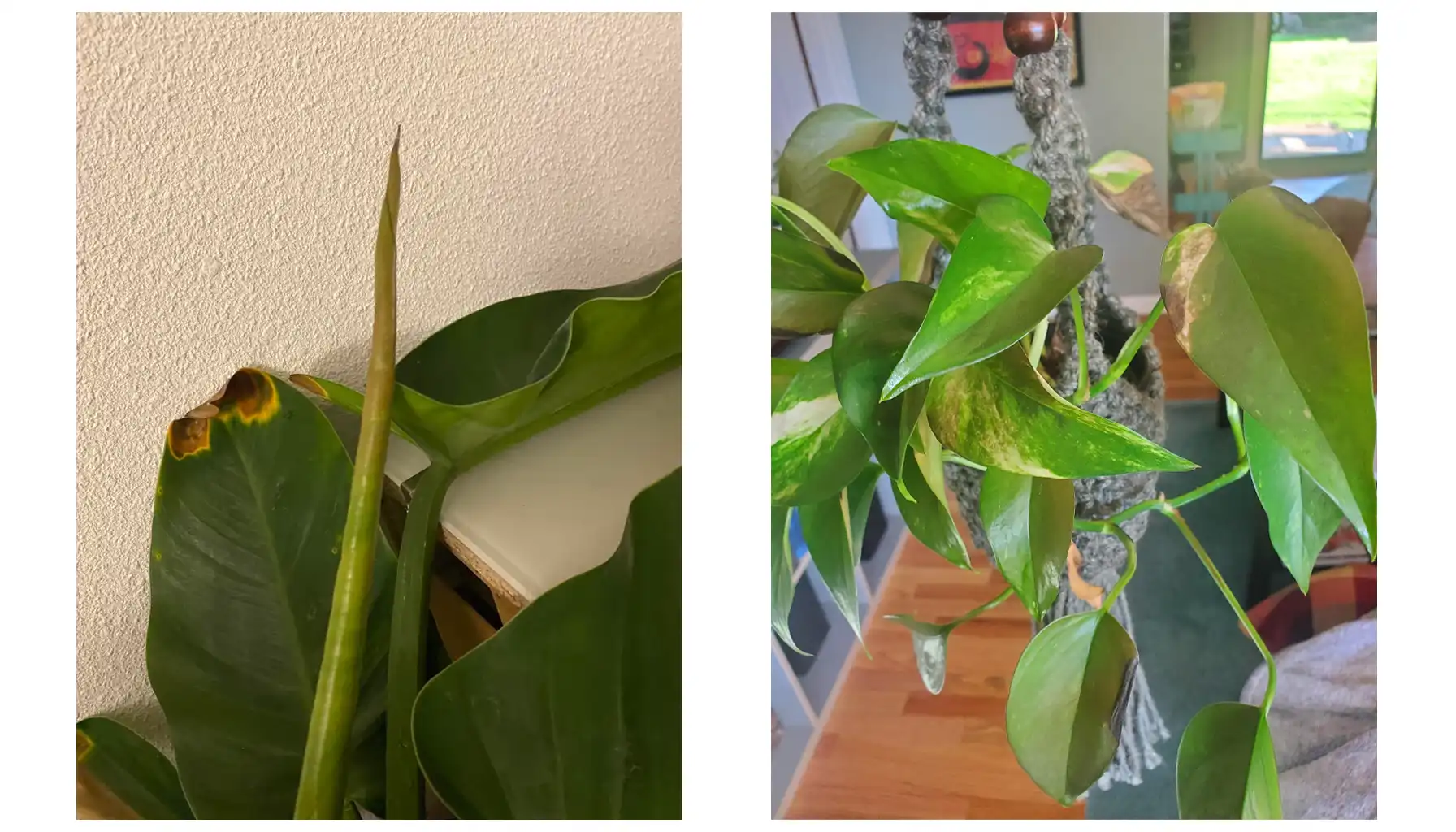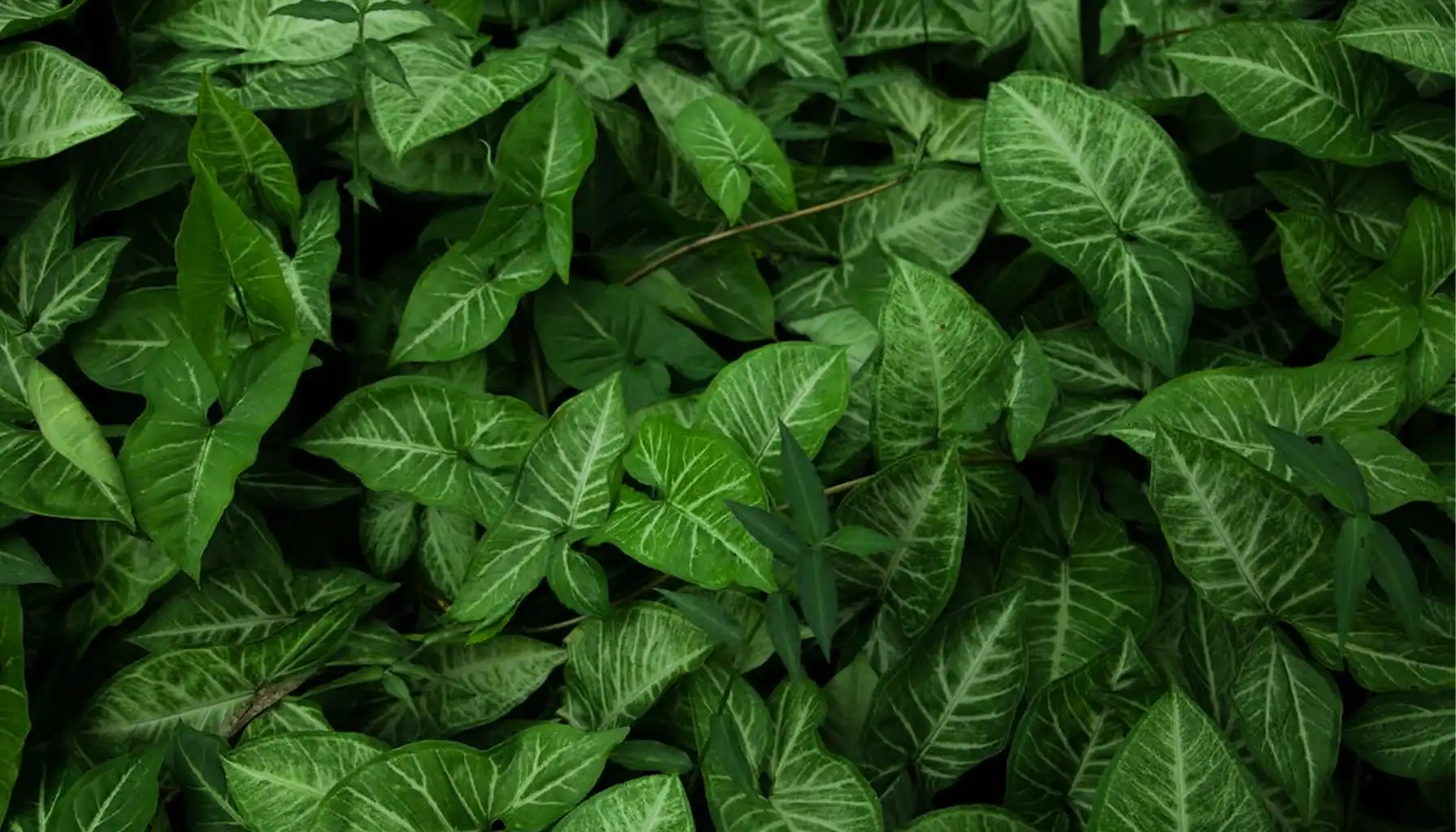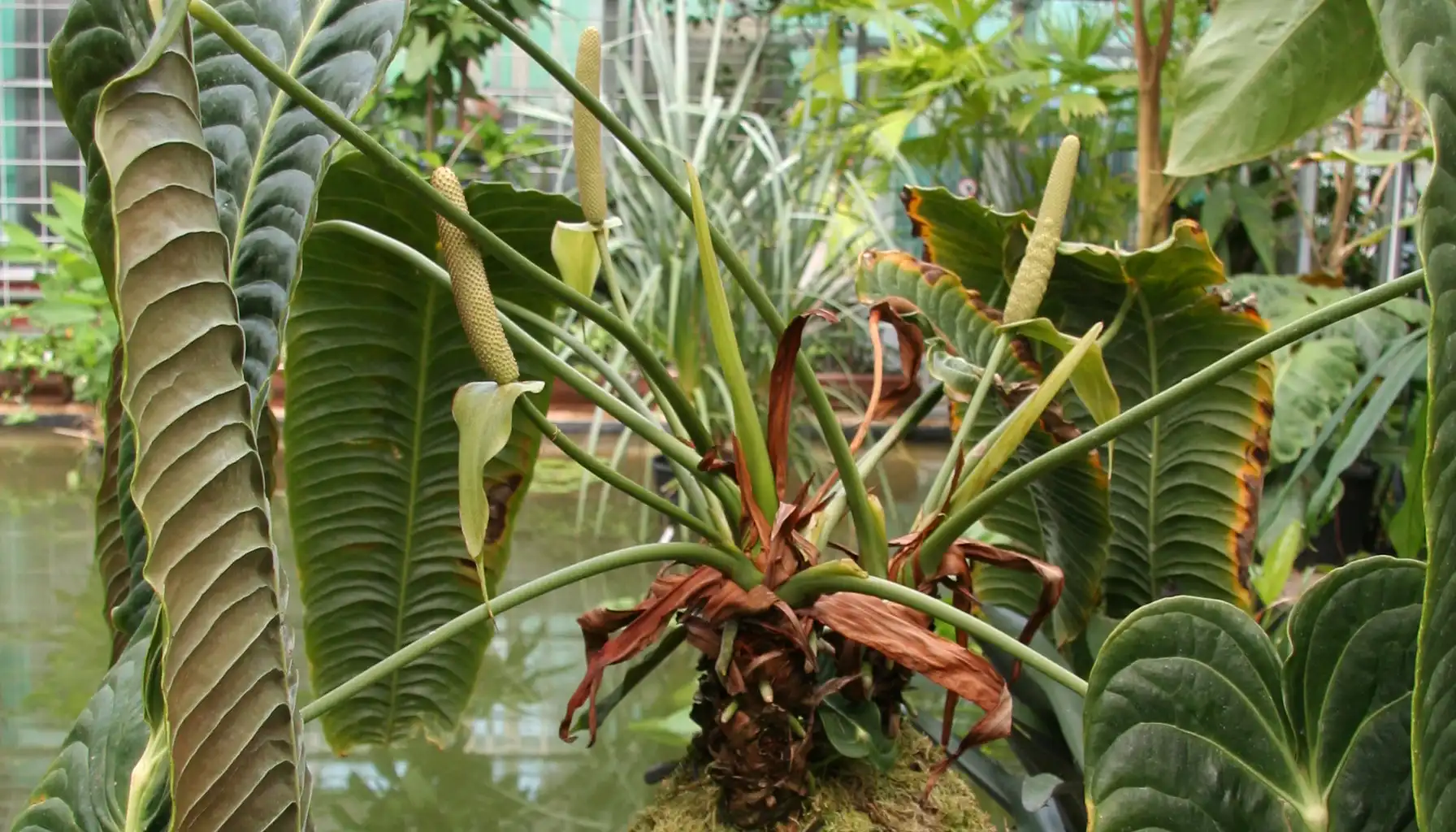It can be large, it can be small, it can be plain and variegated. Certainly, Philodendron is a very diverse flora. Keeping one in your house might be a bit tricky, but we can help.
What is a Philodendron plant, and how do you take care of it? This guide will teach you about the proper care and ways to propagate this flora.
Did someone ever buy a bouquet for you or your close ones? Now you can use flower identification apps and learn what flowers were in the bouquet.
Philodendron Plant Overview
Philodendron is a member of the Araceae family genus, containing around 450 species (and many cultivars). These plants range from climbing vines to upright, self-heading shrubs.
Philodendron Overview |
Feature | Details |
Origin | Central and South America (tropical rainforests) |
Type | Evergreen tropical plant |
Size | 3+ feet |
Life span | Decades with proper care |
Leaf Colors | Deep green/light green. May have variegation depending on the varieties |
Flowers | Small, similar to Peace lilies (very rare) |
Propagation | By stem cutting |
Toxicity | Toxic to humans and pets |
Special Features | Can be grown as a trailing, climbing, or upright plant |
Philodendron Plant Types
This flora is peculiar because it has not just varieties (that usually differ in simple things like colour), but whole types differing in structure and physiology.
What does a philodendron plant look like? Depending on their type, they can look like a typical shrub (similar to Dieffenbachia and others) or like creeping vines.
Self-Heading (Upright) Philodendrons
These varieties grow upright from a central stem or base. It doesn’t need another plant or a stick for support.
Some popular upright varieties include:
Philodendron Birkin plant. Has dark green leaves striped with a creamy white pattern. Birkin philodendron plants prefer warmth and humidity.
Philodendron Pink Princess plant. Has dark green leaves with subtle pink variegation (some leaves can have creamy patterns simultaneously). The pink philodendron plant needs sufficient light to maintain its pink colour.
Split Leaf Philodendron plant. A bigger variety, defined by splits on its leaves. Very similar to Monstera Deliciosa and even sometimes confused with it. How do you plant a Split Leaf Philodendron outside? Put it under trees, as only they are tall enough to create a shadow for this big shrub.
Philodendron Elephant Ear plant types. They have broad, heart-shaped or lobed leaves resembling elephant ears. It may be considered more than a subvariety but a type because it has multiple variations like Maximum and Giganteum, different in size.
Climbing (Vining) Philodendrons
These Philodendrons grow as vines and often produce aerial roots to climb trees or supports. They're ideal for hanging baskets, trellises, or moss poles.
Some known Philodendron plant vining varieties are:
Heartleaf Philodendron plant. A classic trailing variety with heart-shaped green leaves.The most popular vining option.
Philodendron Brasil. Variegated version of Heartleaf with lime-yellow streaks. The Philodendron Brasil plant subtly varies in coloration and may also have almost milky patterns.
Philodendron Lemon-Lime. Known for its bright, vibrant foliage. Eye-catching and great for contrast.
Philodendron Plant Care Guide
Philodendrons can hang, they can stay upright, have sun-based variegation, and have none. This care guide is general in nature and can be applied to most varieties.
Light Requirements
Like most other house plants, Philodendrons thrive in bright, indirect sunlight. It can tolerate low light, similarly to Pothos, but is vulnerable to direct sun, which may burn the leaves.
The philodendron indoor plant grows best when placed close to West or east-facing windows.
Watering Requirements
Philodendrons are not too demanding when it comes to watering. When the soil gets dry, water the top 1–2 inches. Don’t let the plant sit in soggy soil. Overwatering can lead to root rot. In winter, reduce watering frequency.
Temperature Requirements
Keep your plant in a warm room between 65–80°F (18–27°C). Avoid temperatures below 55°F (13°C) and protect from cold drafts or sudden changes.
At temperatures below 50°F (10°C), this flora may easily die. For this reason, plant philodendron indoors.
Soil and Fertilizer Requirements
For stability, use a well-draining soil mix, such as a combination of potting soil, perlite, and orchid bark. This mix mimics the loose, aerated soil of their natural habitat.
If you want to accelerate growth, feed this shrub monthly with balanced liquid fertilizer diluted to half-strength. The best time for feeding is during the growing season (spring and summer).
Pests and Problems
When you look at pictures of Philodendron plants on the Internet, they often look perfect. Nurseries and traders want to show only the best. But Philodreons do have problems, and you should know how to deal with them.
Philodendrons commonly are weak to pests like:
Mealybugs. Soft-bodied insects are covered with a white soft material, similar to cotton.
Spider mites. Live on the undersides of leaves. Create webs on the flora and puncture them.
Aphids. Green, green-bodied insects that damage the flora by constantly sucking their sap.
Scale bugs. Bugs that are well protected with their scales but barely mobile. Suck the sap,
Even an indoor Philodendron plant can get these bugs. Clean leaves regularly and treat infestations with neem oil or insecticidal soap, and usually that’s enough to get rid of pests.
As for possible diseases, Philodendrons commonly have:
Root Rot. Identified by yellowing leaves, mushy roots, foul smell, and wilting. To fix root rot, remove affected roots, repot in fresh soil, and reduce watering.
Erwinia Blight (Fire Blight). Identified by wet, mushy lesions at the base of stems or leaves, and a foul odor. To fix the issue, isolate the flora, cut off infected parts, and use copper-based bactericide.
Fungal Leaf Spot. Identified by brown or black spots on leaves, sometimes with yellow edges. To fix the issue, prune affected areas, avoid water on leaves, and apply fungicide.
Propagation Guide
This shrub multiplies by stem cutting. The ideal time for propagation is during spring or early summer, when the shrub is actively growing.
Step 1: Select a Healthy Cutting
Step 2: Make the Cut
Step 3: Put the Cut in Soil
Preferably, dip the cut end of the stem in rooting hormone. It will accelerate the growth.
Put the node into moist, well-draining soil. Keep the soil lightly moist and place the pot in bright, indirect light. Cover the nodes with a clear plastic bag that will help maintain the humidity.
Roots should form in 3 to 5 weeks.
Philodendron Plant Benefits
No doubt, the Philodendron plant image is a pretty one, but is there more to this shrub than good looks? Yes, this flora has many benefits.
Benefit | Description |
Air Purification | Removes indoor toxins like formaldehyde and benzene. Improves air quality. |
Mood & Productivity | Like most flora, it reduces stress, boosts focus, creativity, and mental well-being. |
Aesthetic Appeal | Striking foliage in various forms enhances interior decor, especially the Philodendron hanging plant. The vine varieties can be used as trailing plants. |
Natural Humidifier | Increases indoor humidity naturally. |
Long Lifespan | Can live and thrive for decades with proper care, so you don't need to think about buying new flora. |
Philodendron house plant lives long, spices up your interior, and makes the indoor air just a bit better.
Toxicity and Safety
Is the Philodendron plant toxic to cats?
Yes, it is toxic. Philodendrons are toxic to cats and can cause irritation and swelling in the mouth, tongue, and throat if ingested.
This toxicity affects not only cats but also dogs and even people. It’s not deadly, but still toxic.
AI Plant Finder
AI Plant Finder is a mobile application for iOS and Android. The app uses artificial intelligence to help users with:
Flora Identification. Recognizes over 300,000 plant species with 97% accuracy.
Disease and Pest Diagnosis. AI analyzes leaf photos to detect signs of disease and pests with 98% accuracy.
Garden Management. The app helps create a catalog of your flora, with care notes and reminders. It sets up watering schedules, fertilizing reminders, pruning alerts, and more.
AI Plant Finder is free to download.
Related AI Plant Finder Posts
